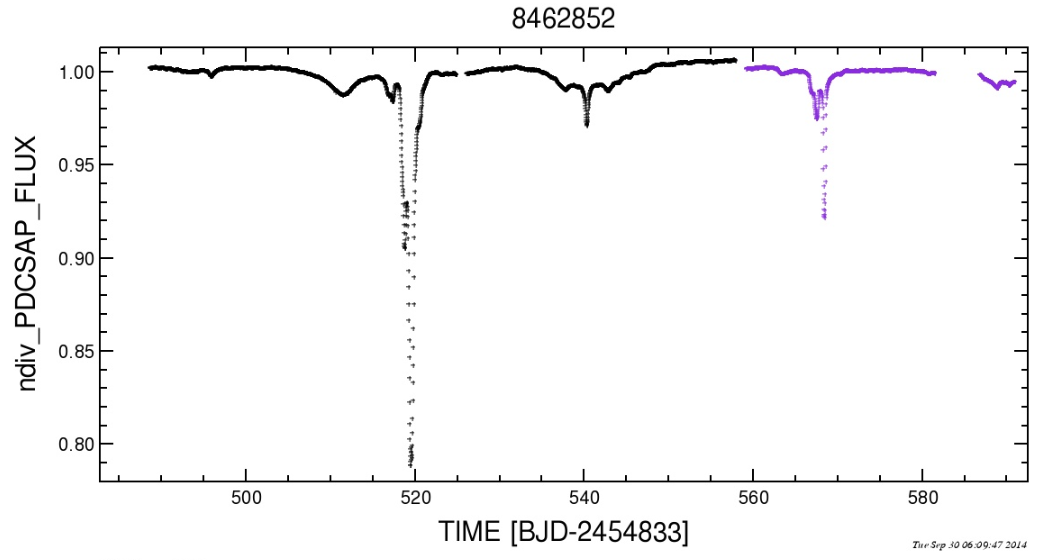During the 2019 - 2020 school year 25 students from Jasper Place were given funding courtesy of Inside Education to learn about Energy by engaging in Astrophotography. In addition to these students, we engaged with roughly a dozen outside members of the community including several astronomy and physics professors, amateur astronomers and other students. The students in my astronomy class first developed a solid foundation of the basics of astronomy and astrophysics in their classrooms. They used DSLR cameras, cellphone cameras and got comfortable using telescopes during weekly stargazing sessions.
These hands on activities were combined with detailed lessons on the Physics of astrophysics and the energy conversions involved when stars, nebulae and galaxies produce light, how that energy is transmitted to Earth and then how it interacts with detectors. After about 2 months of education in the basics of astronomy and astrophotophotography, students put their skills to the test and were given telescope time on the iTelescope network. These telescopes were remotely controlled over the internet and allowed students to access 23 different telescopes as far away as Spain or Australia.
Students were tasked with researching an astrophysical object they were interested in photographing, decided on the appropriate imaging parameters (exposure time, filters, telescope) and entering their observations into the iTelescope network. Once the images were taken students were then responsible for post processing which involved stacking images and adjusting/stretching images using Photoshop.
Once students completed these tasks they had to provide a description of what they observed, the physics behind the production of the light and suggest ways this information has or could be used to help better deal with energy related issues here on Earth.
This project provided several positive impacts related to energy education in our community. Throughout this project students thought of energy as something they needed to capture and conserve. They developed an understanding of how energy is produced in astrophysical settings and saw that there were numerous ways we could apply those same processes here on Earth. For example, after reviewing her photos, one student commented that "If we use nuclear fusion and gravity as power sources, we could have immense technological advances for spacecraft, transportation, and agriculture. We could also learn how to harness energy without polluting the atmosphere."
Other students commented on how capturing light on cameras seemed very similar to solar panels. "If we can take photos of light (energy) with a camera, shouldn't we be able to do the same thing to power our homes?" One student even commented, after researching how light was produced in other galaxies that solar power was really just nuclear fusion at a same distance. Other more fantastical ideas involved research into dark energy or matter as a power source, "Currently, dark energy is shrouded in mystery, but one day hopefully scientists would uncover the secret and then we will have a renewable ecological source of energy". Although this may not be grounded in our current knowledge of Physics, the desire to explore new and emerging sources of energy is one that will be increasingly necessary as our society demands ever greater power supplies.
Although we had to cut the project short and didn't have the chance to fully present the results of our project, the students were constantly immersed in the project, learned a great deal about the physics of energy transitions and developed a thorough understanding of the uses of energy. I'd like to thank Inside Education and iTelescope.net for the amazing learning opportunities they gave my students!































